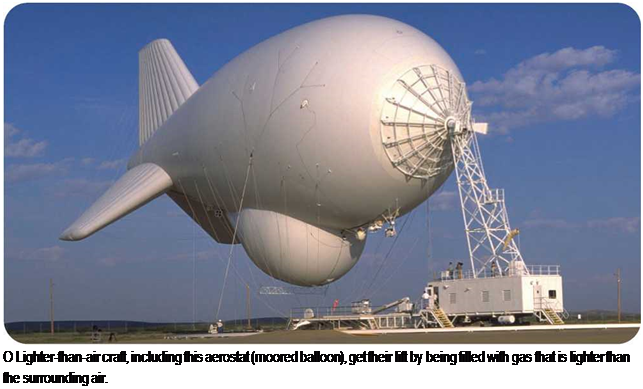Reducing Drag
When a plane cruises at a steady speed, the thrust of its engines forcing it forward is exactly balanced by drag pulling it backward. If the drag can be reduced, the plane can go faster or farther or burn less fuel.
One way to reduce drag is to make the wings thinner. The Lockheed F-104 Starfighter was a very fast fighter built in the 1950s. It had very thin wings to reduce their drag and make the plane as fast as possible. In fact, its wings were so thin and the leading edges were so sharp that soft covers had to be fitted to them on the ground to protect engineers from injuries if they walked into a wing.
Gliders
Gliders have long, thin wings that create a lot of lift and a slim, streamlined body that causes little drag, so they have very high L/D ratios.
For gliders the L/D ratio is the same as the glide ratio. This is the distance a glider flies forward compared to the height it loses. A glider with a glide ratio of 70:1 flies 70 feet (21 meters) forward for every 1 foot (0.3 meters) it descends.
It is important to know the L/D ratio of a powered aircraft, because it tells the pilot how far the plane can glide before it has to land if the engines fail. While it is gliding, drag is slowing it down. As it slows down, its wings produce less lift, so it loses height.
In 1982, a Boeing 747 flew into a cloud of ash rising from a volcano in Indonesia. The ash damaged the engines.
 |
All four engines failed at an altitude of 37,000 feet (11,278 meters). With an L/D ratio of 15:1, the 747 could glide a distance equal to fifteen times its altitude, or up to about 105 miles (170 kilometers). Luckily, the crew was able to restart three of the engines and land the airliner safely.
The Space Shuttle returns to Earth without engine power and glides down to a landing. Compared to an airliner or glider, the spacecraft has a very poor L/D ratio. It drops like a stone as it glides, approaching the runway at an angle six times steeper than that of an airliner.










